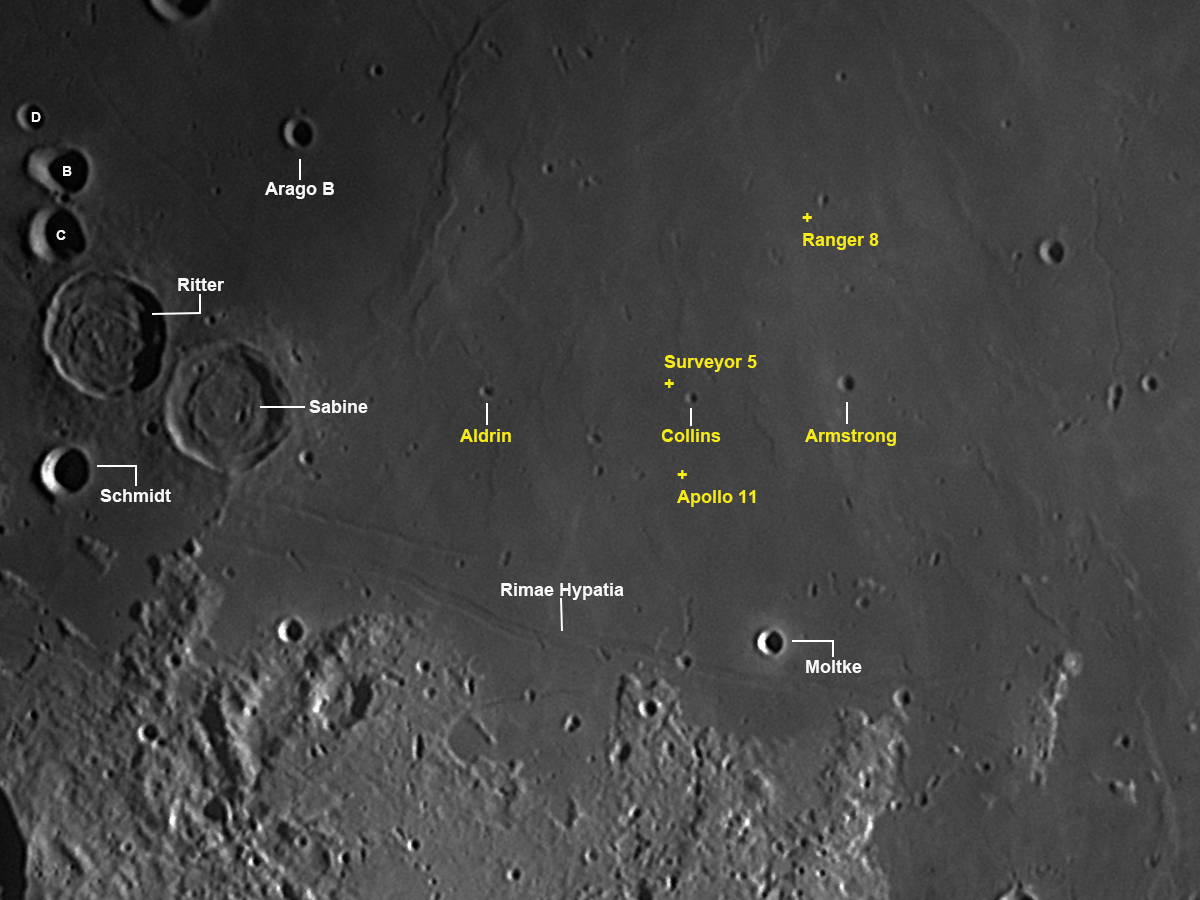
Humanity has always been intrigued by travel beyond Earth with science fiction invariably associated with human travel not only beyond
Earth and the Solar System but also into deep space. The first physical step to conquer space was realized in 1957 when Russia stunned
the world when Yuri Alekseyevich
Gagarin
would make history as the first human in outer space when he rode aboard the space capsule Vostok 1 on April 12, 1961 and where he proceeded
to complete one orbit at 7,000 meters altitude lasting 108 minutes in duration.
The Soviet efforts immediately thereafter were directed at the Moon with the Luna series (1957-1976) which comprised of twenty-four total
missions that were eventually characterized as dramatic successes or failures. Although the primary effort behind these missions was to lay
the foundation for a future manned mission, something that would never eventually materialize, the various Luna probes accomplished a wide
variety of achievements (and "firsts") including the imaging of the far side of the Moon (Luna 3), lunar impact crashes (Luna 2, 5, 7, 8
and 18), lunar flybys (Luna 1, 3 and 4), lunar soft landings (Luna 16, 17, 21, 23 and 24), lunar orbitters (Luna 10, 11, 12, 14, 15, 19
and 22) as well as unmanned missions which included samples of lunar material returned to Earth (Luna 16, 20 and 24). The Russians would
redirect their attention to the Moon many years later with the Luna 25 mission which was destined to land at the lunar southern pole and
near the crater Boguslawsky but crashed landed on Aug 19, 2023 after unexpectedly losing control while in orbit.
Further amazing details regarding these missions are available here.
Although less-well known, the Soviet ZOND project was also a successful undertaking to the Moon covering five missions between 1966 and 1970
(for additional details, click here).
The US would immediately follow with its own program including the Surveyor series (1966-1978) comprised of seven missions to the Moon
whose primary purpose was to identify potential landing sites for the upcoming Apollo manned missions. Two of the seven Surveyor probes
crashed and/or lost contact (Surveyor 2 and 4) whereas the remaining five managed to not only soft-land on the moon but take a large number
of photos and perform soil analysis. Four of the five Surveyor probes that did land successfully did so in maria around the lunar equator.
For additional interesting details regarding each of these missions, click
here.
Along with the Surveyor series, the United States was active with its Mercury, Gemini and Apollo manned programs with the latter
captivating the world's attention in the late 1960's with the landing of Apollo 11 on the surface of the Moon with another five Apollo
missions also leading to manned expeditions on the surface of the Moon during the early 1970's.
The Apollo series (1963-1972) comprised of a wide-variety of missions starting with the Apollo 1 (1967) catastrophe during a prelaunch fire,
three test firings and unmanned missions (Apollo 4-6, 1967-68), two earth-orbiting (Apollo 7 and 9, 1968-1969) and two lunar-orbiting
(Apollo 8 and 10, also 1968-1969) missions designed to test key hardware, a failed and nearly catastrophic mission (Apollo 13, 1970) which
included a lunar flyby by necessity and, of course, the six manned landing missions (Apollo 11, 12, 14, 15, 16, 17, 1969-1972) which included
the retrieval of approximately 400 kg of lunar sample material by the twelve astronauts ever to set foot on the moon and whose cumulative EVA
time exceeded 100 hours and ranged as far as 35 km from their landing site. For more intriguing details regarding each of these missions,
click here and/or
here.
Although not widely known, three additional missions (Apollo 18-20) were cancelled due to budgetary constraints. The proposed landing sites
for these missions were Copernicus (Apollo 18), Hadley (Apollo 19) and Tycho (Apollo 20). Following the failure of the Apollo 13 mission, the
original list of landing sites was reshuffled and where, for example, Apollo 14's landing site was changed from Littrow to Apollo 13's landing
site of Fra Mauro. For additional details, click here.
Satellite missions to the Moon regained popularity during the 1990's and thereafter when countries such as China, India and Israel attempted to
softland unmanned spacecraft of their own and which are documented elsewhere on this site.
Other countries such as Japan, Egypt, the UAE (Dec/2022) and Luxenbourg had missions to the Moon which were characterized as failures due to hard
impact/crash landings and which are also documented on this site. Japan's SLIM mission on
Jan 19, 2024 was characterized as a partial success due to its soft landing but communication with the satellite was lost very quickly due to solar
panel problems which led to a quick loss of battery power.
Note: Craters Armstrong, Aldrin and Collins at the southern end of Mare Tranquillitatis are 4.6 km, 3.4 km and 2.4 km
in diameter, respectively, and require fairly good conditions for their successful capture.
Note: For an observational challenge and exercise regarding the Apollo mission landing sites, see the online Astronomy
Magazine article
here. Precise finder charts are also available from
the online Sky&Telescope article here.
|
Mission: Apollo 11 Dates: July 16-24, 1969 Lunar Lander: Eagle Lunar Landing: July 20, 1969 Lunar Liftoff: July 21, 1969 Landing Site: Sea of Tranquility Selenographic Coord: 0.674° N, 23.473° E Lunar Stay (Surface): 00:21:36 * EVA(s): 1 Total Duration (EVA): 00:02:31 * Lunar Mass Returned: 21.55 kg Crew: Neil Armstrong Edwin "Buzz" Aldrin Michael Collins * DD:HH:MM |
 |
Date: Mar 06, 2025 17:14:20 - 17:18:17 UT+2 Location: Athens, Greece Equipment: TEC Mak-Cass 250/f20 Celstron Reducer/Corrector (0.63x) AP1200GTO/CP3 GEM Player One Neptune-M (IMX178) Baader Solar Continuum (10nm) Video Imaging:
Image Scale: 0.15" / pixel Software: FireCapture V2.7.14 AutoStakkert V4,0,11 Registax V6.0 Photoshop CS6 Processing: Registration & Alignment Selective Sampling (5%) Drizzle (150%) Deconvolution JPG Compression |